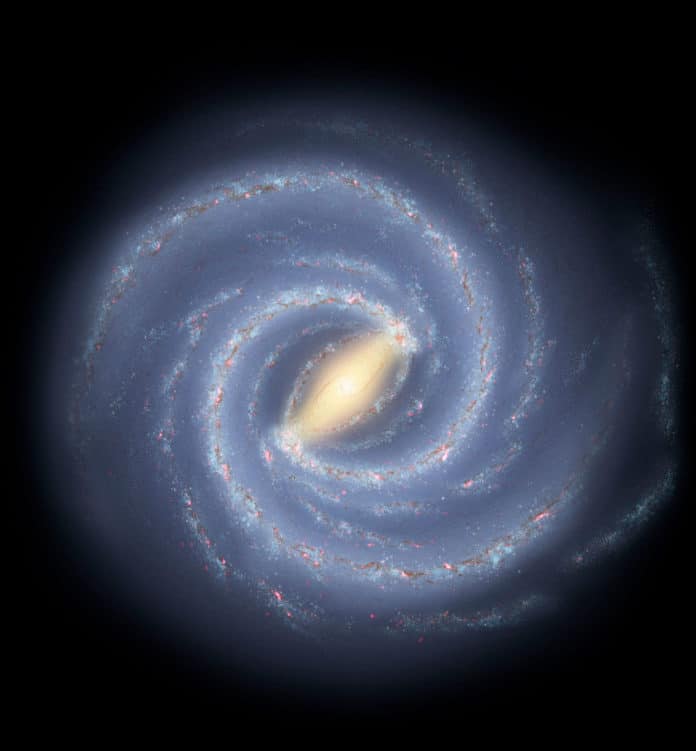NASA has selected the Gamma-ray telescope, called the Compton Spectrometer and Imager (COSI), to study the recent history of star birth, star death, and chemical elements’ formation. In other words, the telescope will study the Milky Way evolution.
NASA‘s latest small astrophysics mission aims to explore the origin of the chemical elements in our own Milky Way galaxy, the very ingredients critical to the formation of Earth itself.
As part of the mission, the COSI will launch in 2025. It will study gamma rays from radioactive atoms produced during massive stars explosion- to map where chemical elements were formed in the Milky Way. It will also explore the mysterious origin of our galaxy’s positrons, called antielectrons.
Thomas Zurbuchen, associate administrator for the agency’s Science Mission Directorate in Washington, said, “For more than 60 years, NASA has provided opportunities for inventive, smaller-scale missions to fill knowledge gaps where we still seek answers.”
COSI’s principal investigator, John Tomsick at the University of California, Berkeley, said, “The mission will cost approximately $145 million, not including launch costs. NASA will select a launch provider later.”
